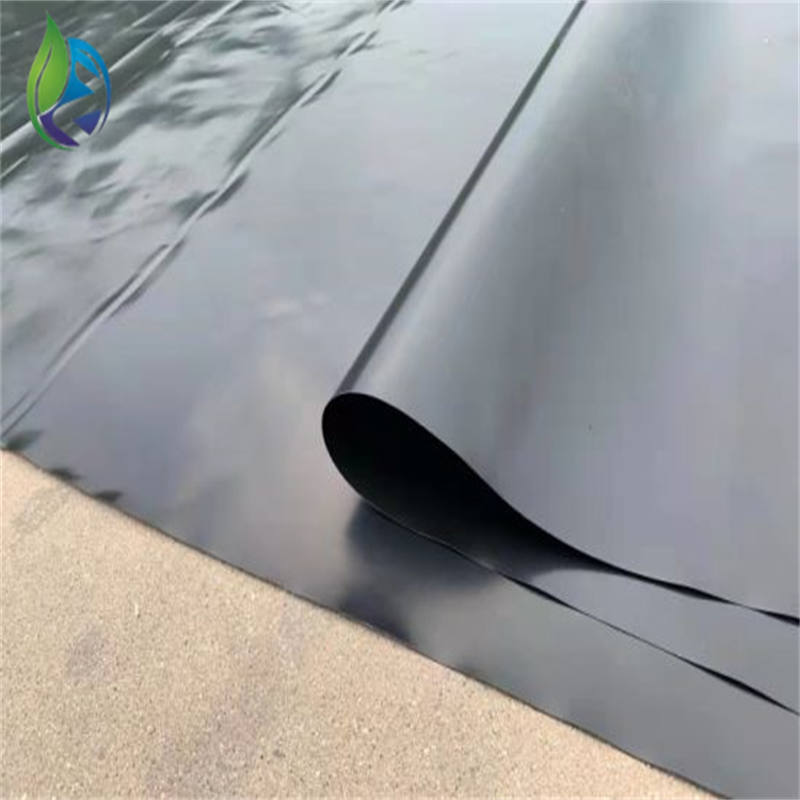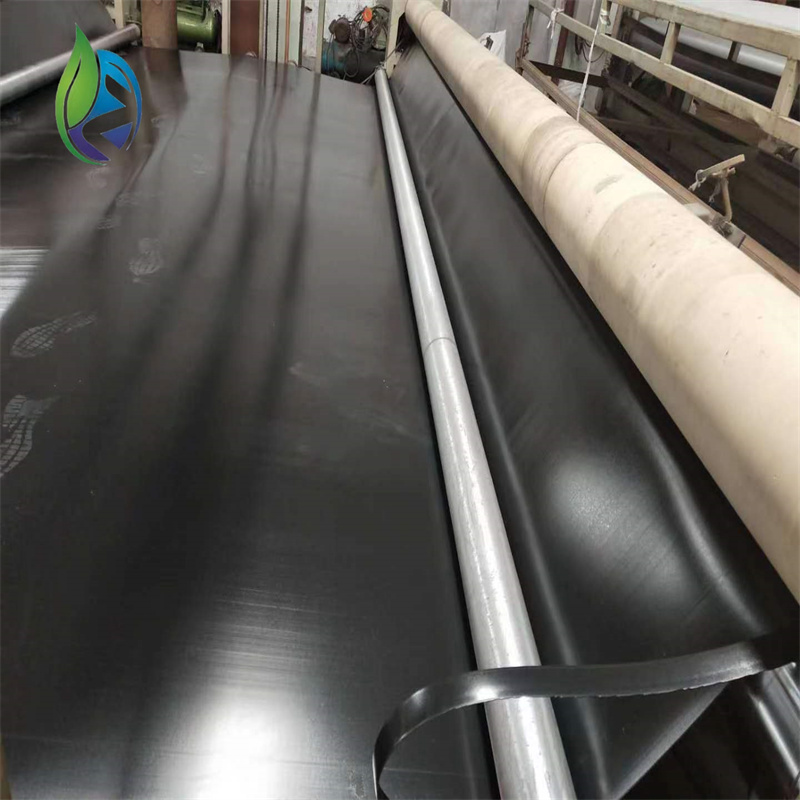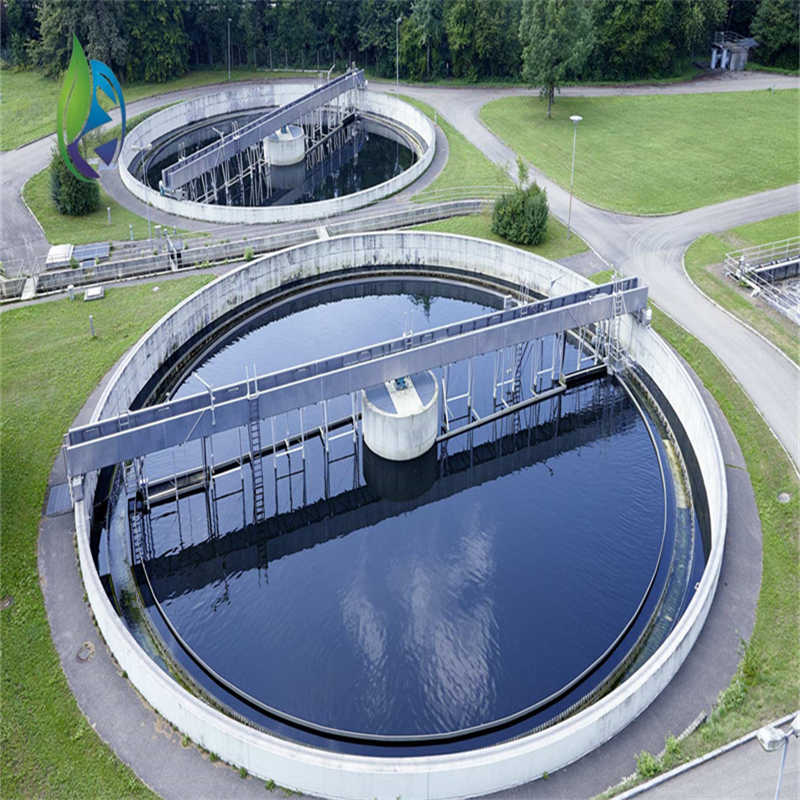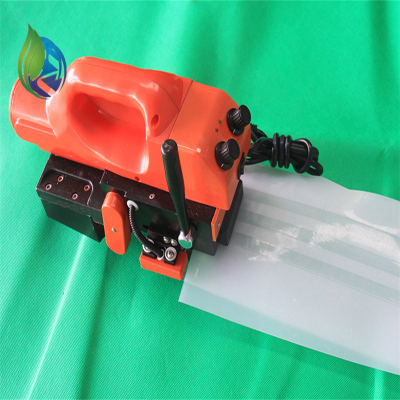Roof Garden Geomembrane Drainage Layer Matching: A Practical Guide to Avoid Leaks and Protect Your Space
Roof Garden Geomembrane Drainage Layer Matching: A Practical Guide to Avoid Leaks and Protect Your Space
Introduction
As urban spaces continue to evolve, roof gardens have become increasingly popular for their aesthetic and environmental benefits. These green roofs offer various advantages, including energy efficiency, stormwater management, and the creation of sustainable urban landscapes. However, to ensure the longevity and effectiveness of a roof garden, proper installation of drainage systems and geomembrane liners is critical.
A roof garden geomembrane drainage layer plays a crucial role in protecting both the garden and the underlying structure from water damage. This article provides a comprehensive guide on selecting and installing the right geomembrane drainage layer for your roof garden. We will explore how these materials function, their advantages, and how they can be effectively matched to prevent leaks and ensure long-term protection.
The Importance of a Geomembrane Drainage Layer in Roof Gardens
1. Protecting the Structure from Water Damage
Roof gardens are exposed to harsh weather conditions, including heavy rainfall, snow, and fluctuating temperatures. Without proper drainage, water can accumulate, leading to leaks and structural damage. Geomembrane drainage layers are specifically designed to manage water runoff, preventing it from penetrating the building's roof and causing damage to the underlying structure.
A geomembrane liner acts as a barrier between the garden’s soil and the roof's structure, ensuring that excess water is directed safely to drainage points. By preventing water from seeping into the building’s layers, the geomembrane helps protect the roofing system from deterioration, mold growth, and other water-related issues.
2. Ensuring Optimal Drainage Performance
Proper drainage is essential to maintaining a healthy and thriving roof garden. Geomembrane drainage layers ensure that water flows efficiently and does not pool in certain areas, which could lead to waterlogging or plant stress. These layers are designed to facilitate proper water flow while filtering out excess soil and debris, ensuring that the plants receive adequate moisture without overwhelming the drainage system.
3. Sustainability and Environmental Benefits
The use of geomembrane drainage layers is integral to creating sustainable roof garden systems. Not only do these materials prevent leaks and water damage, but they also contribute to stormwater management by directing excess water away from the building and into proper drainage systems. This reduces the risk of flooding in urban areas, supporting the broader goal of sustainable urban development.
Key Considerations When Choosing Geomembrane Drainage Layers
1. Material Type: HDPE, PVC, or EPDM
The selection of geomembrane material is crucial to the success of the roof garden’s drainage system. Three of the most common materials used in geomembrane liners are:
HDPE (High-Density Polyethylene): Known for its durability, HDPE geomembranes are resistant to chemicals, UV radiation, and temperature variations, making them ideal for outdoor applications like roof gardens.
PVC (Polyvinyl Chloride): A versatile and cost-effective option, PVC geomembranes offer excellent flexibility and can easily be welded to create a seamless barrier.
EPDM (Ethylene Propylene Diene Monomer): This rubber-based material is particularly resistant to ozone and UV exposure, making it suitable for environments with frequent weather fluctuations.
Each material has its unique advantages depending on the specific requirements of the project, including climate conditions, soil types, and water management goals.
2. Thickness and Durability
The thickness of the geomembrane directly influences its durability and effectiveness. Thicker geomembranes are better at resisting punctures and tears, which can occur during the installation process or from the pressure of accumulated water. Durability is key for ensuring that the geomembrane can withstand the weight of the soil, plants, and water over time without failing.
Typically, the thickness of geomembrane liners ranges from 0.5mm to 2mm, with thicker options preferred for areas with heavy rainfall or high foot traffic. Selecting the right thickness ensures the long-term protection of your roof garden and the structural integrity of the building.
3. Drainage Capacity and Permeability
Effective drainage is critical in roof garden designs to prevent water from pooling and causing potential damage. Geomembrane drainage layers are designed to provide permeability—allowing water to flow through while retaining particles like soil and gravel.
When selecting a geomembrane for a roof garden, it is essential to evaluate the permeability and drainage capacity to ensure that it can efficiently direct water away from the garden. The right product should promote fast water drainage while preventing clogging by soil and debris.
Installation Best Practices for Geomembrane Drainage Layers
1. Proper Seam Welding and Sealing
To ensure a watertight seal, the seams of the geomembrane must be properly welded or sealed during installation. Improperly sealed seams can lead to water infiltration, undermining the effectiveness of the drainage system.
Depending on the material of the geomembrane (HDPE, PVC, or EPDM), specialized welding techniques or adhesives should be used to ensure the liner’s integrity and prevent leaks. Overlap welding is commonly used for HDPE geomembranes, while hot air welding is more common for PVC and EPDM membranes.
2. Use of Geotextiles for Protection
In many cases, a geotextile fabric is placed over the geomembrane layer to prevent damage during installation and to further enhance the drainage performance. The geotextile acts as a protective layer, ensuring that the geomembrane is not punctured by rocks, roots, or other materials in the soil. Additionally, the geotextile improves water filtration and further enhances drainage capabilities by creating a barrier between the soil and the geomembrane.
3. Regular Inspection and Maintenance
After installation, regular inspections and maintenance are essential to ensure the geomembrane drainage layer continues to function effectively. This includes checking for punctures, tears, or seam failures, and repairing any damage immediately. Proper maintenance also involves ensuring that the drainage system remains clear of obstructions, such as soil or debris, that could block water flow.
Frequently Asked Questions (FAQ)
1. How do I know which geomembrane material is best for my roof garden?
The choice of material depends on several factors, including climate conditions, the expected amount of rainfall, and the required durability. HDPE is a great option for long-term durability, while PVC is more cost-effective and flexible.
2. What thickness of geomembrane should I use for my roof garden?
A thickness between 1mm and 2mm is generally recommended for roof gardens, but this can vary based on specific project requirements. Thicker materials offer greater durability and protection against punctures.
3. Can I install a geomembrane drainage layer myself, or should I hire a professional?
While some DIY enthusiasts may attempt installation, it’s advisable to hire a professional for proper seam welding, sealing, and material placement to ensure long-term effectiveness.
4. How often should I inspect the geomembrane drainage system?
It’s essential to inspect the system annually and after severe weather events to check for damage, blockages, or wear. Timely repairs can prevent costly water damage in the long term.
Conclusion
A roof garden geomembrane drainage layer is a critical component for maintaining the health and durability of your green roof. By choosing the right material, ensuring proper installation, and maintaining the system, you can protect both your plants and your building’s structure from water damage.
Whether you’re constructing a new roof garden or replacing an existing drainage system, understanding the key considerations for selecting and installing geomembrane layers will ensure long-lasting success. Contact us today for expert guidance on choosing the best geomembrane drainage solution for your roof garden project.







